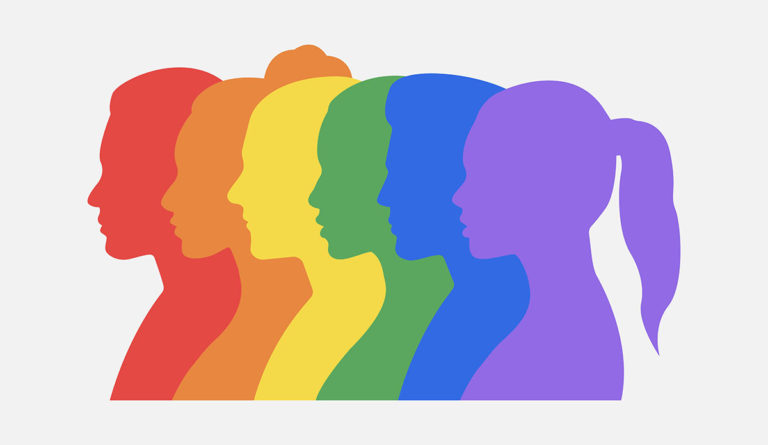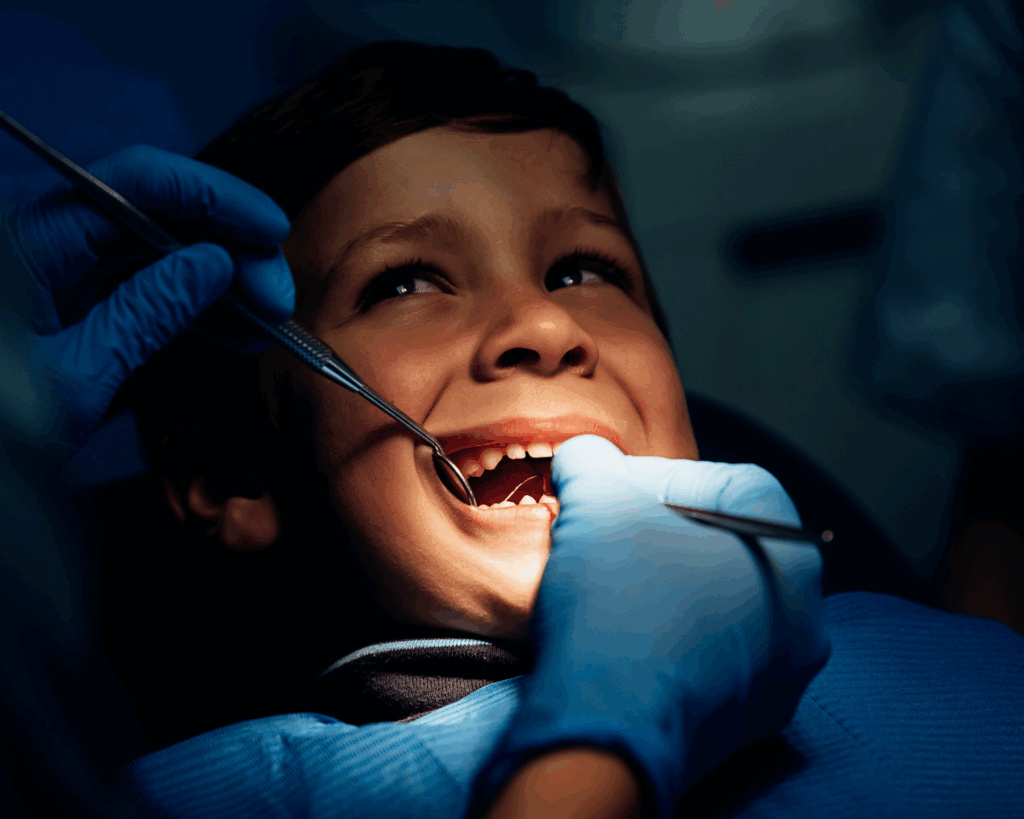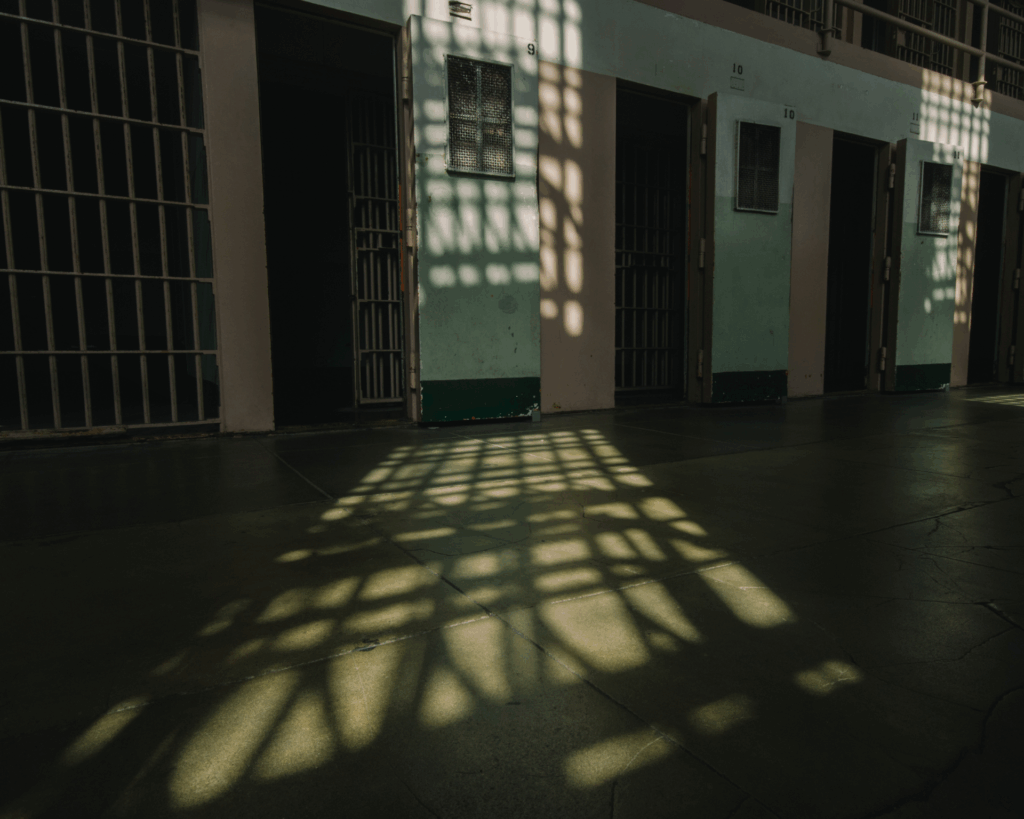The Cost of Conversion Therapy
Adverse outcomes of conversion therapy extend beyond psychological, physical and social; it's also costly financially.

Read Time: 4 minutes
Published:
An estimated 20 million U.S. adults identify as LGBTQ. I am one of them. Growing up queer, one of my greatest fears was conversion therapy. Almost 700,000 LGBTQ adults in the U.S. have received conversion therapy, nearly half as adolescents. The effects of conversion therapy linger in the mental and economic pain it causes.
Conversion “therapy”—attempting to “convert” the sexual preferences of a person—has been practiced in the U.S. for over a century by both health care and religious professionals. Currently talk therapy is the most common technique, but forced ingestion of medication, exorcisms, and corrective rape have all been used as methods to try to change a person’s sexuality. Conversion therapy for youth has been banned or partially banned in over 20 states, the District of Columbia, and Puerto Rico. However, these laws only protect youth younger than 18, and only apply to licensed mental health care providers, leaving religious or spiritual advisors unregulated. Today, the world’s foremost human rights and medical associations, including the United Nations Human Rights Office and the American Medical Association, condemn conversion therapy as an inhumane practice.
Conversion therapy is widely accepted to be detrimental. A 2016 review of conversion therapy found that, out of 47 peer reviewed studies, only one concluded that such efforts could successfully change sexual orientation. That study is mostly unreliable. But even if such attempts produce reported conversions, is success worth the cost?
To determine the social as well as economic costs of conversion therapy, Anna Forsythe and fellow researchers performed a systematic review of research assessing adverse outcomes of conversion therapy and designed an economic model to evaluate the cost. The model compares outcomes and cost of conversion therapy, no therapy, and affirmative therapy—in which a person’s gender and sexual identities are validated and supported—over three years following interventions.
LGBTQ individuals who underwent conversion therapy experienced severe consequences, including a 67% higher risk of attempting suicide and causing moderate to severe injury.
LGBTQ individuals who underwent conversion therapy experienced severe consequences, including a 67% higher risk of attempting suicide and causing moderate to severe injury. They also had increased risk for depression and substance use. These psychological symptoms led to social withdrawal and decreased self-esteem. Children experienced this most.
This economic model quantified the financial cost of the trauma from conversion therapy. This includes the price of the original therapy and all medical or psychological treatment to undo the resulting damage. The model estimates that conversion therapy can cost an additional $97,985 over three years and reduce life expectancy by 1.6 years when compared to no intervention. Affirmative care was associated with an increase in life expectancy of nearly one year as well as decreased cost of $40,329 compared to no therapy. Compared to conversion therapy, affirmative therapy was associated with $138,315 in decreased cost and 2.5 life-expectancy years gained.
When scaled up to the national level, the economic burden of conversion therapy becomes even more striking. Half a million LGBTQ youth live in states where conversion therapy is legal. Over the three-year period this study modeled, the total burden of conversion therapy and associated harm cost up to $9.23 billion.
The economic model in this new study demonstrates that the harm of conversion therapy affects economic status and life expectancy. It causes severe psychological distress and puts children in danger. Ensuring LGBTQ youth have access to affirmative care can prevent psychological damage and improve quality of life.
Without knowing these statistics, I grew up afraid of the nightmare that is conversion therapy, afraid of being forced to change my sexuality. The next generation of LGBTQ kids should not have to.
Illustration via Getty Images



